7 Essential Tips for Braising Beef for Tender, Flavorful Meals
Braising beef turns tough cuts tender and flavorful by slow-cooking in a pot with essential equipment, selecting the best cuts, seasoning, searing, and cooking low and slow until perfectly done.
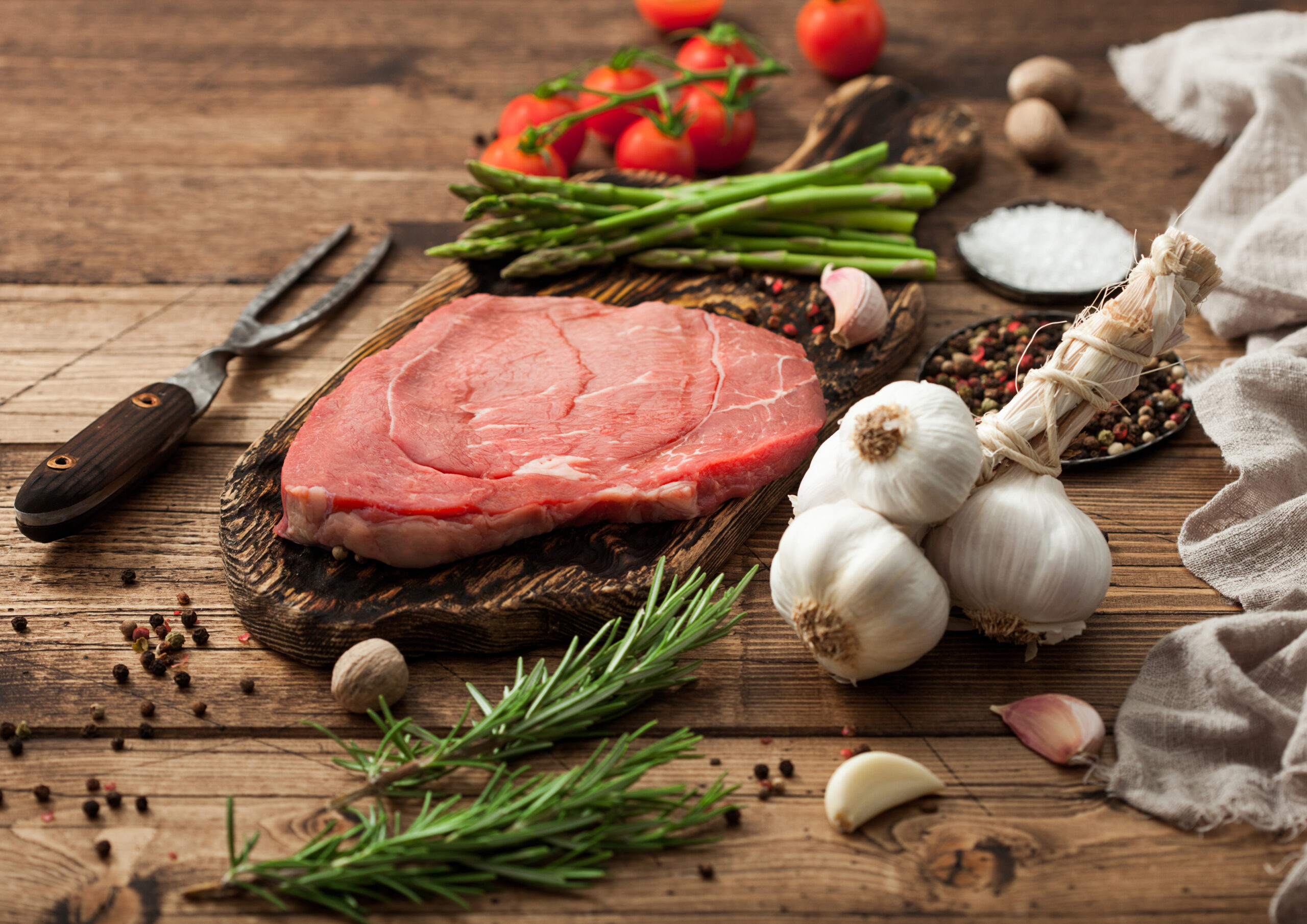
Imagine transforming a tough cut of beef into a tender, flavorful masterpiece. Braising, a slow-cooking method that marries moist and dry heat, is your secret weapon to achieve that melt-in-your-mouth texture.
Disclosure: As an Amazon Associate, this site earns from qualifying purchases. Thank you!
Essential Equipment for Braising Beef
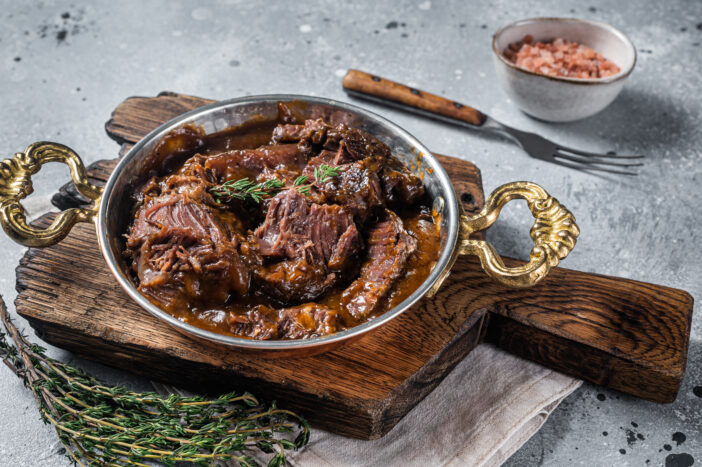
To achieve melt-in-your-mouth braised beef, you’ll need the following kitchen essentials:
- Heavy-Bottomed Pot: A Dutch oven is perfect for maintaining consistent low temperatures and ensuring even cooking. Opt for cast iron or enameled cast iron for optimal heat retention.
- Meat Thermometer: An indispensable tool to check that your beef reaches the proper internal temperature for perfect doneness.
- Sharp Knife: Essential for trimming excess fat before cooking and carving the beef afterward.
- Wooden Spoon: Ideal for stirring ingredients and scraping browned bits from the pot to enhance the flavor of your braising liquid.
- Tongs: Useful for turning the beef during browning without piercing the meat.
- Ladle: Helps spoon over the braising liquid during cooking to develop flavor and moisture.
Selecting the Best Beef Cuts for Braising
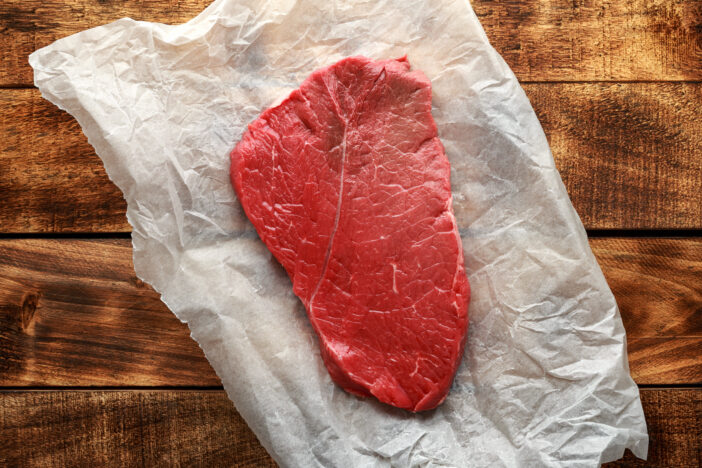
- Chuck Roast: Balanced with meat and fat, yielding tender, flavorful bites.
- Brisket: Ideal for long, slow cooking, with a dense texture that absorbs flavors well.
- Short Ribs: Rich, marbled texture, perfect for meat that falls off the bone.
- Beef Shanks: Full-bodied flavor, enhanced by marrow during slow braising.
Preparing the Beef for Braising
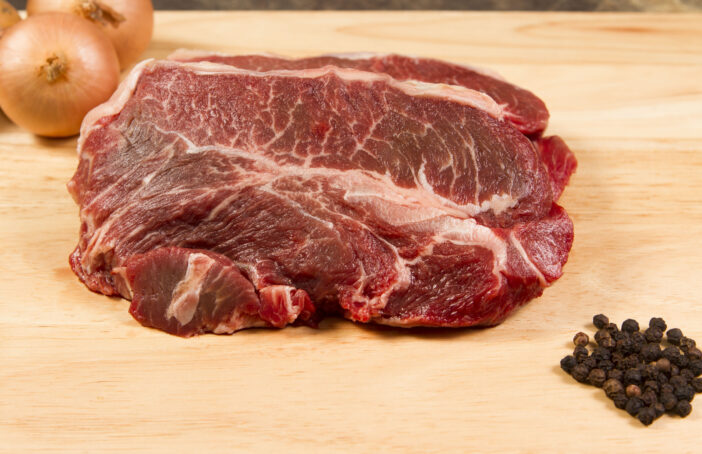
Braising turns tough beef cuts into tender, flavorful meals. Key preparation steps include:
Seasoning Basics
- Choose Seasonings: Opt for herbs like rosemary and thyme, or try blends like Cajun.
- Salt Liberally: Use coarse kosher salt for better flavor penetration.
- Include an Acid: Add balsamic vinegar or red wine for tenderizing and depth.
- Rub Evenly: Coat each piece uniformly for consistent flavor and browning.
Developing Flavors
- Sear the Meat: Create a caramelized crust for a rich braise.
- Lock in Juices: High heat sears the surface, retaining moisture.
- Use the Right Fat: Choose high-smoke-point oils like canola for searing.
- Preheat Your Pan: Start with a hot pan to ensure a good sear and prevent sticking.
The Braising Process: Step-by-Step
After searing your beef, follow these steps for a tender, flavorful dish:
Deglazing
- Remove Excess Fat: Leave a thin layer in the pan after searing.
- Add Liquid: Use wine or broth to lift browned bits from the pan.
- Scrape Vigorously: Use a wooden spoon to scrape as the liquid sizzles.
- Boil and Reduce: Bring the liquid to a boil and reduce slightly.
Braising Liquids
- Choose Liquid: Use beef stock, red wine, or a combination.
- Add Aromatics: Include onions, garlic, or carrots.
- Pour Over Beef: Liquid should reach halfway up the sides of the beef.
- Simmer: Let the liquid tenderize the beef slowly.
Cooking
- Preheat Oven: Set to 325°F (163°C).
- Cover and Cook: Return beef to the pot, cover, and bake.
- Check Doneness: A three-pound roast takes about three hours.
- Rest Before Serving: Let beef rest for 15 minutes before serving.
Tips and Techniques for Perfect Braising
Braising beef requires patience and precision to transform tougher cuts into tender, flavorful dishes. Here’s how you can master the art of braising with ease.
Maintaining Low and Slow Cooking
Perfect braising hinges on low and slow cooking. Set your oven or stovetop to a low heat, typically between 275°F (135°C) and 325°F (163°C), to ensure even, gentle cooking. This temperature range allows collagen in the beef to break down into gelatin without toughening the muscle fibers. Resist the urge to rush the process; a properly braised dish can take anywhere from two to three hours for smaller cuts, or up to six hours for larger pieces. Regularly check the liquid level during cooking, adding more if necessary to prevent drying out. Remember, the goal is to coax the flavors and textures into perfection, not to boil the beef briskly.
When to Add Vegetables
Timing is crucial for incorporating vegetables into your braise to prevent them from becoming mushy. Typically, hearty vegetables like carrots, onions, and potatoes should be added around the halfway mark of your cooking time. For tender vegetables, such as bell peppers or zucchini, add them during the last 30 to 45 minutes. This staggered addition ensures each vegetable maintains its texture and absorbs the rich flavors of the braising liquid. Additionally, consider the size of the vegetables; larger chunks will hold up better during the long cooking process.
Common Mistakes to Avoid in Braising Beef
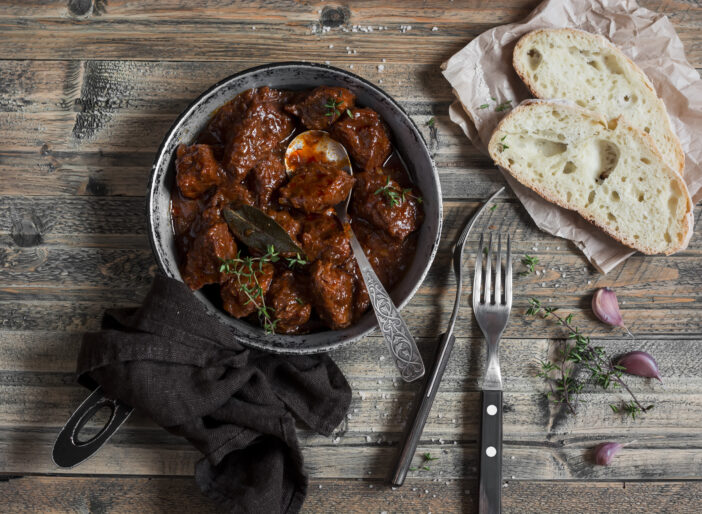
Braising beef transforms tough cuts into succulent meals, but common errors can ruin your dish. Here’s what you need to avoid:
Avoiding Overcrowding the Pot
Ensure each piece of beef has enough space in the pot. Crowding can prevent proper searing, leading to meat that steams rather than browns. This results in less flavor and an undesirable texture. Ideally, you should cook in batches if your pot isn’t large enough to give each piece its own space.
Controlling the Heat
Managing the heat is critical in braising. Too high, and your beef can burn or toughen up; too low, and it won’t simmer properly. Aim for a gentle, consistent simmer where the liquid barely bubbles. This slow cooking process allows the connective tissues in the beef to break down effectively, enhancing tenderness and flavor.
Serving and Enjoying Braised Beef
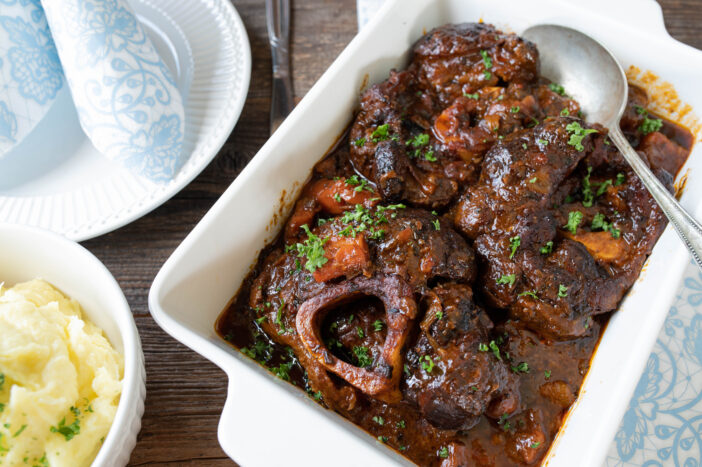
After mastering the art of braising beef, you’ll want to ensure it’s served in a way that enhances its rich flavors and tender texture. Here’s how to make the most of your braised beef dish.
Resting the Meat Before Serving
Let your braised beef rest before slicing or serving to allow the juices to redistribute throughout the meat. This step is crucial for achieving a succulent, moist dish. Aim to rest the beef, covered, for about 10-15 minutes after removing it from the oven or stovetop. This pause ensures maximum flavor and tenderness.
Suggested Side Dishes
Pairing your braised beef with the right side dishes can turn a great meal into an extraordinary one. Opt for options that complement the rich, deep flavors of the braise:
- Mashed Potatoes: Their creaminess balances the meat’s robustness.
- Steamed Greens: Such as spinach or kale, add a light, healthy touch.
- Polenta: Its soft texture pairs wonderfully with the tender beef.
- Roasted Vegetables: Carrots, parsnips, and onions caramelized around the edges offer a sweet contrast.
Choose sides that will soak up the braising juices, enhancing every bite.
Frequently Asked Questions
What is braising in cooking?
Braising is a cooking technique used to tenderize tough cuts of meat by combining dry and moist heat. Meat is typically seared at a high temperature and then finished in a covered pot with a variable amount of liquid, resulting in tender and flavorful dishes.
Which cuts of beef are best for braising?
Ideal cuts for braising include chuck roast, brisket, short ribs, and beef shanks. These cuts have a higher amount of connective tissues, which break down into gelatin through the slow-cooking process, enhancing their flavor and texture.
What are the essential steps to prepare beef for braising?
To prepare beef for braising, start by seasoning the meat generously. Next, sear the beef in a hot pan with some fat to develop a rich, caramelized crust. This step enhances the flavor and texture of the final dish.
How long should beef be braised?
The key to perfect braising is a low and slow cooking approach. Typically, beef should be braised for several hours, depending on the size and cut of the meat, until it is tender enough to be easily pierced with a fork.
What is the importance of liquid levels in braising?
Maintaining the correct liquid level is crucial in braising. The liquid should partially cover the meat, providing moisture and creating a steamy environment inside the pot, which helps to tenderize the meat without boiling it.
When should vegetables be added to the braising pot?
Add vegetables during the last 30-60 minutes of cooking to ensure they are tender yet maintain their texture and flavor. This timing prevents vegetables from becoming overly mushy.
How should braised beef be served for the best flavor?
Allow the braised beef to rest before serving to enhance its flavor and succulence. Serve with sides like mashed potatoes, steamed greens, polenta, or roasted vegetables, which complement the rich flavors and help soak up the delicious braising juices.






